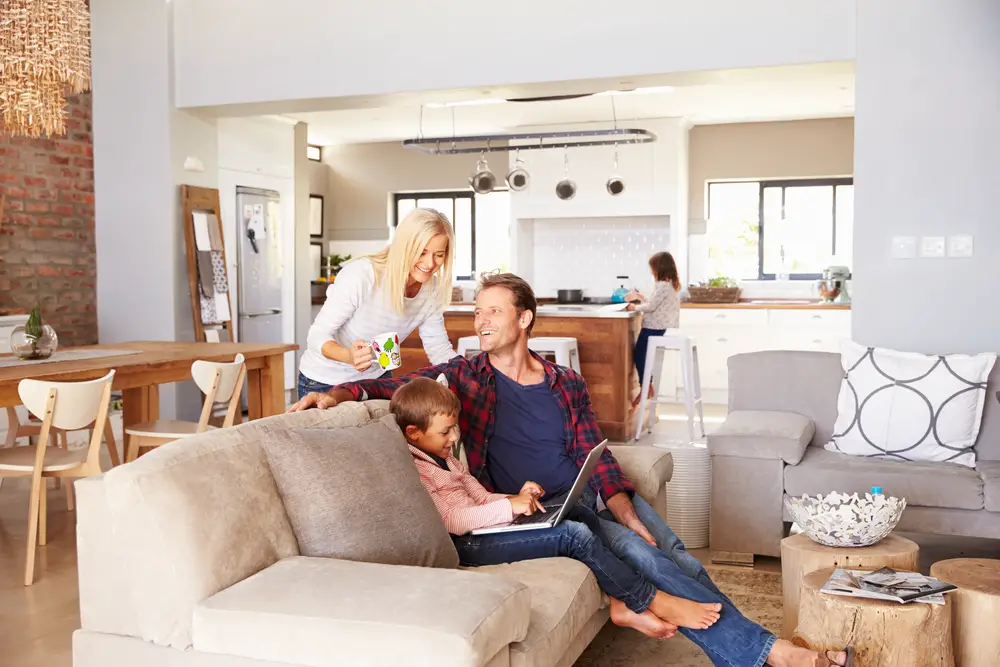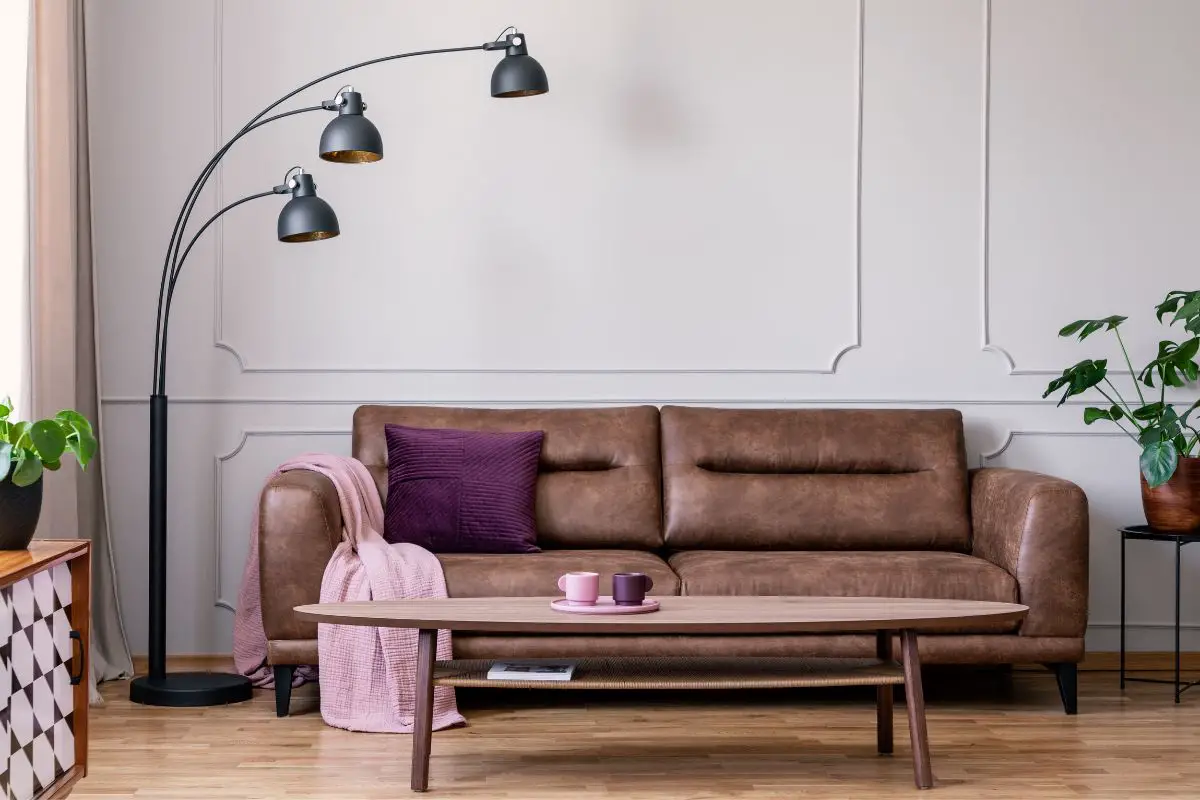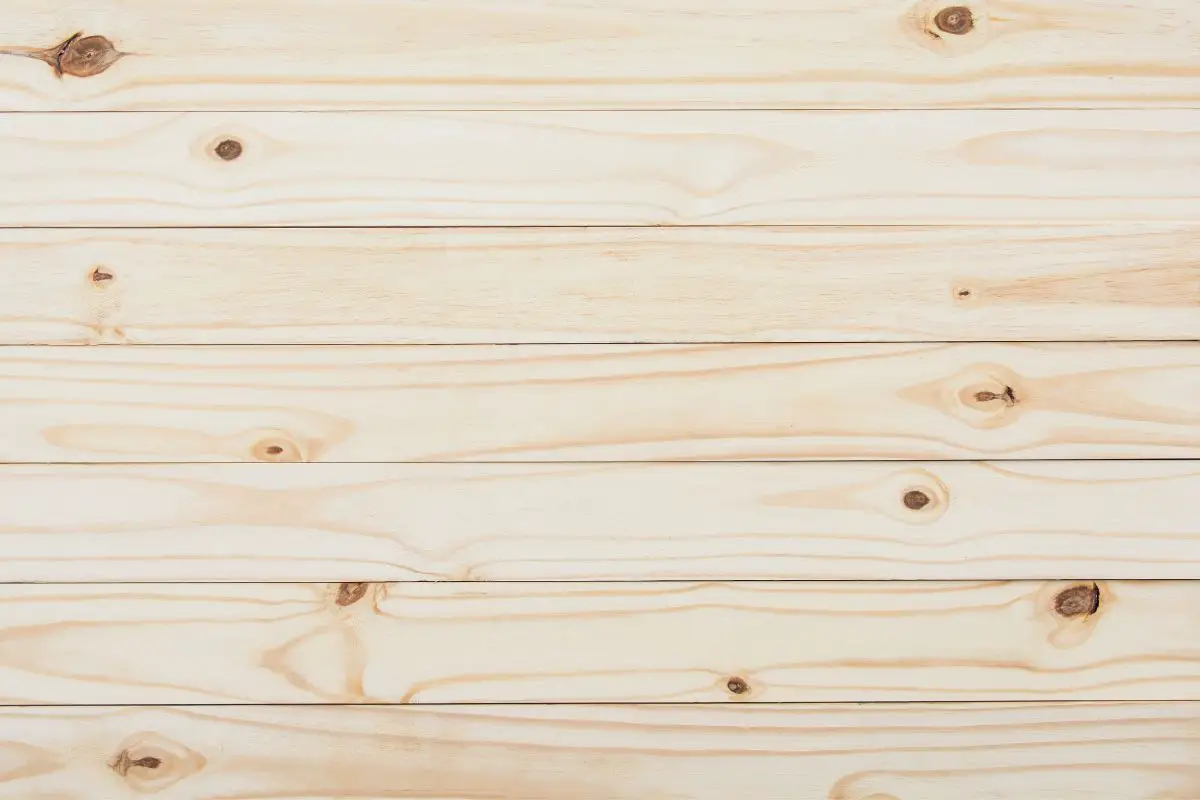Welcome to our article on keeping rooms! In this first section, we’ll explore the concept of a keeping room and its significance in creating a cozy space for connection and comfort. So, let’s dive in and discover what makes this room so special.

The Historical Roots and Evolution of Keeping Rooms
Keeping rooms have a rich history that traces back to the late 18th century in Colonial America. In those times, kitchens were the only place in homes with a fireplace, and the heat extended into the nearby keeping room. Families would gather in these small rooms, undertaking various household chores, such as meal preparation, sewing, and other tasks. Keeping rooms were places of warmth and practicality, and they allowed family and friends to spend quality time together.
While the original purpose of keeping rooms was centered around warmth and proximity to the kitchen, modern interpretations have evolved to focus on creating a casual gathering place near the heart of the home. Today, keeping rooms come in different sizes and designs, but the cozy factor remains a constant, offering comfort and a sense of togetherness.
The Evolution of Keeping Rooms:
- Origins in Colonial America
- Practical spaces for warmth and household activities
- Transformation into cozy gathering places
From their historical roots as a practical and functional space, keeping rooms have transitioned into a treasured feature in modern homes. Whether it’s a separate room or a designated area within a larger kitchen, a well-designed keeping room offers a unique blend of comfort and functionality. It provides a retreat where people can relax, engage in activities, and be part of the culinary action. The evolution of keeping rooms demonstrates their lasting appeal as a cozy and inviting space for connection and comfort.
Designing Your Keeping Room: Furnishings and Functionality
When it comes to designing your keeping room, we understand the importance of creating a space that is both inviting and functional. The furnishings you choose play a crucial role in setting the tone and atmosphere of the room. Opt for comfortable and cozy pieces, such as plush sofas and armchairs, that encourage relaxation and provide a sense of warmth. Add soft pillows and blankets for an extra touch of comfort.
To promote connectivity and proximity to the kitchen, consider the layout of your keeping room. Arrange the furniture in a way that allows for easy conversation and interaction with those in the kitchen. This way, the chef can still engage with their guests while preparing meals, creating a seamless connection between the two spaces.

Creating a Multi-Purpose Space
A well-designed keeping room is versatile and caters to the needs of its occupants. Incorporate a multipurpose table into your design, one that can serve various functions beyond just dining. This table can be used for activities like board games, puzzles, or even as a workspace for laptops and homework. By offering flexibility in functionality, your keeping room becomes a hub for various activities, making it a truly valuable space in your home.
Adapting Your Existing Space
If your home doesn’t have a designated keeping room, you can still create a similar atmosphere by transforming a larger kitchen or breakfast area. Add comfortable seating, soft furnishings, and warm lighting to create a cozy retreat within the existing space. Consider incorporating elements like built-in bookshelves or a fireplace to enhance the ambiance and provide storage for books, board games, or decorative items. The key is to prioritize comfort and create an inviting environment that encourages relaxation and connection.
Conclusion
In conclusion, the keeping room is a timeless concept that continues to serve as a cozy retreat in modern homes. With its historical roots in Colonial America, the keeping room has evolved from a practical space for warmth and family activities to a versatile space for relaxation and connection. Whether it’s a separate room or an area within a larger kitchen, a well-designed keeping room offers a unique blend of comfort, functionality, and proximity to the heart of the home.
The keeping room is a space where families can gather, unwind, and create lasting memories. Its cozy ambience and inviting furnishings make it the perfect spot to engage in various activities like playing games, enjoying conversation, or tackling homework. The proximity to the kitchen allows for socializing while the chef prepares delicious meals, further enhancing the sense of togetherness.
As home designs continue to evolve, the concept of the keeping room remains relevant. Its timeless appeal and the opportunity for connection and relaxation make it a cherished feature in any home. The keeping room truly is a cozy retreat where family and friends can come together, creating a warm and welcoming atmosphere that stands the test of time.

FAQ
Q: What is a keeping room?
A: A keeping room is a small seating area that originated in Colonial times and was traditionally located adjacent to the kitchen. Its purpose was to provide a gathering space where family and guests could keep the person cooking company while enjoying the warmth of the kitchen hearth.
Q: Why are keeping rooms making a comeback in modern homes?
A: Keeping rooms are making a comeback in modern homes because homeowners value the proximity to meal preparation and the opportunity for socializing while the chef works their magic. They offer a cozy space for connection and comfort, bringing people together in the heart of the home.
Q: What is the history of keeping rooms?
A: Keeping rooms have a rich history that traces back to the late 18th century in Colonial America. In those times, kitchens were the only place in homes with a fireplace, and the heat extended into the nearby keeping room. Families would gather in these small rooms, undertaking various household chores and spending quality time together.
Q: How should I design a keeping room?
A: When designing a keeping room, it’s essential to consider the specific needs and preferences of those who will use the space. Typically, a keeping room features comfortable and inviting furniture, such as plush sofas and chairs adorned with soft pillows and blankets. Additionally, a multipurpose table is often incorporated into the design for various activities beyond dining.
Q: Can I create a keeping room in a larger kitchen or breakfast area?
A: Yes, if your home doesn’t have a distinct keeping room, you can create a similar atmosphere by adding seating and cozy elements to a larger kitchen or breakfast area. The key is to prioritize comfort and create an inviting ambiance that encourages connection and relaxation.
- What Kind of Room Has No Doors or Windows? - December 1, 2023
- What is a Powder Room? - December 1, 2023
- What Is a Kitchenette: Exploring the Features and Benefits of a Compact Kitchen - December 1, 2023










